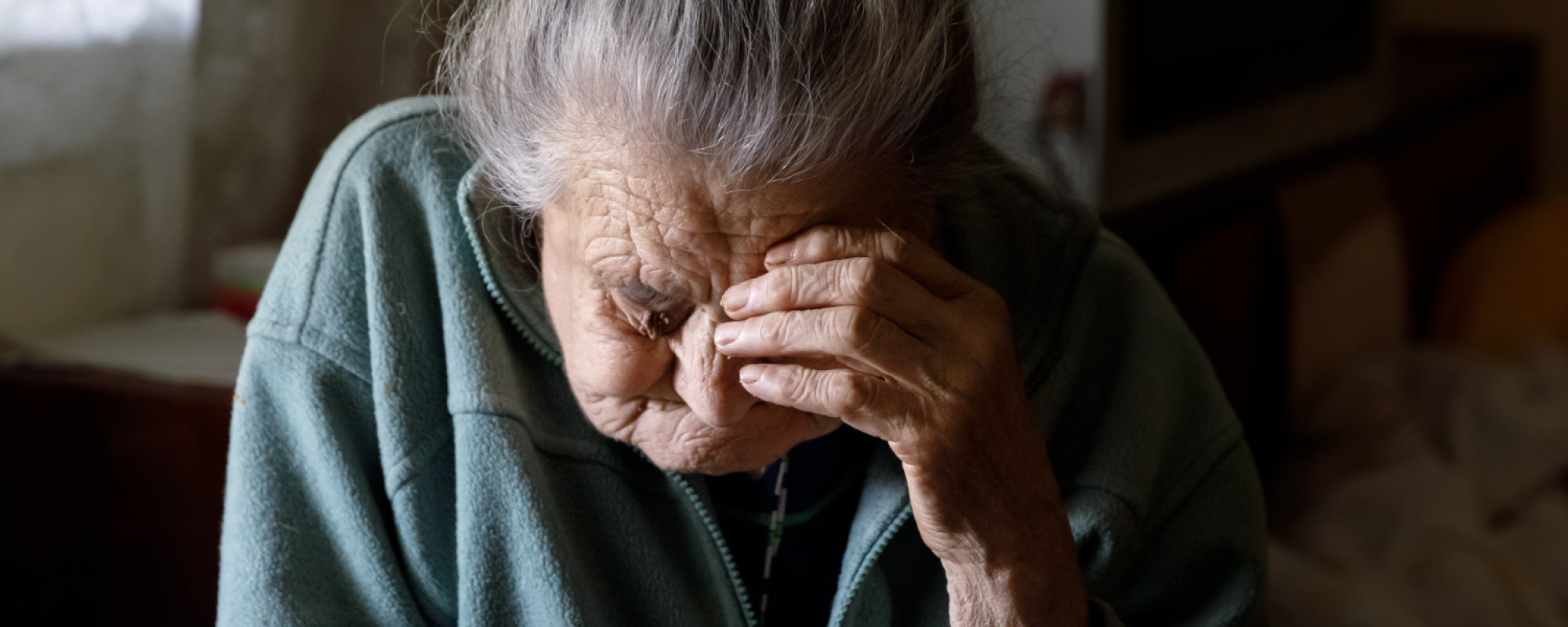Stroke
Stroke, or cerebrovascular accident (CVA), remains a dominant cause of significant morbidity and mortality among older adults. The management and rehabilitation of post-stroke patients in post-acute and long-term care (PALTC) settings requires a comprehensive, multidisciplinary approach to optimize outcomes.
Key Management Principles in PALTC
- Early Identification: Prompt recognition and early intervention are paramount.
- Rehabilitation: This includes physical, occupational, and speech therapy tailored to the individual's deficits.
- Secondary Prevention: This involves managing risk factors like hypertension, diabetes, atrial fibrillation, and high cholesterol.
- Swallowing Assessments: Dysphagia is common after a stroke. A swallow study can help determine the safest way to feed the patient and prevent aspiration.
- Neuropsychological Assessment: Evaluates cognitive, emotional, and behavioral changes post-stroke. This can guide interventions and set realistic expectations for recovery.
- Mobility and Fall Prevention: A fall risk assessment, appropriate assistive devices, and physical therapy can aid mobility and reduce the risk of falls.
- Addressing Complications: Muscle spasticity, pain, depression, and bowel or bladder dysfunction are potential post-stroke complications and require targeted interventions and may involve specialists.
- Interdisciplinary Collaboration: Stroke management in PALTC settings necessitates a team approach that includes physicians, nurses, therapists, nutritionists, social workers, and others working together.
- Patient and Family Education: Engaging the patient and their caregivers in the rehabilitation process is crucial. Providing information about the nature of the stroke, recovery expectations, and lifestyle modifications can empower them in the recovery journey.
- Regular Monitoring: Scheduled reviews to assess recovery progress, potential complications, and the effectiveness of therapies or medications are essential.


